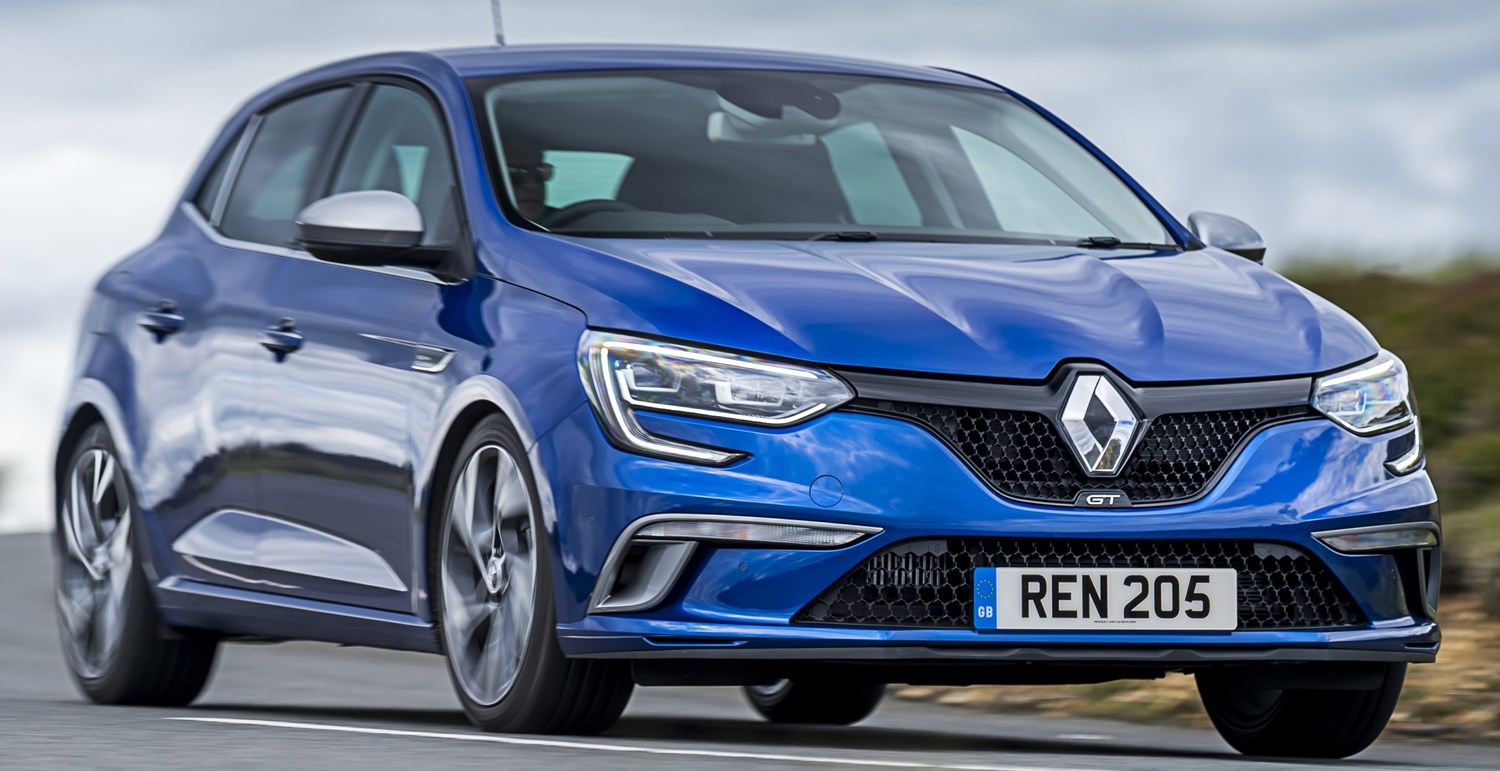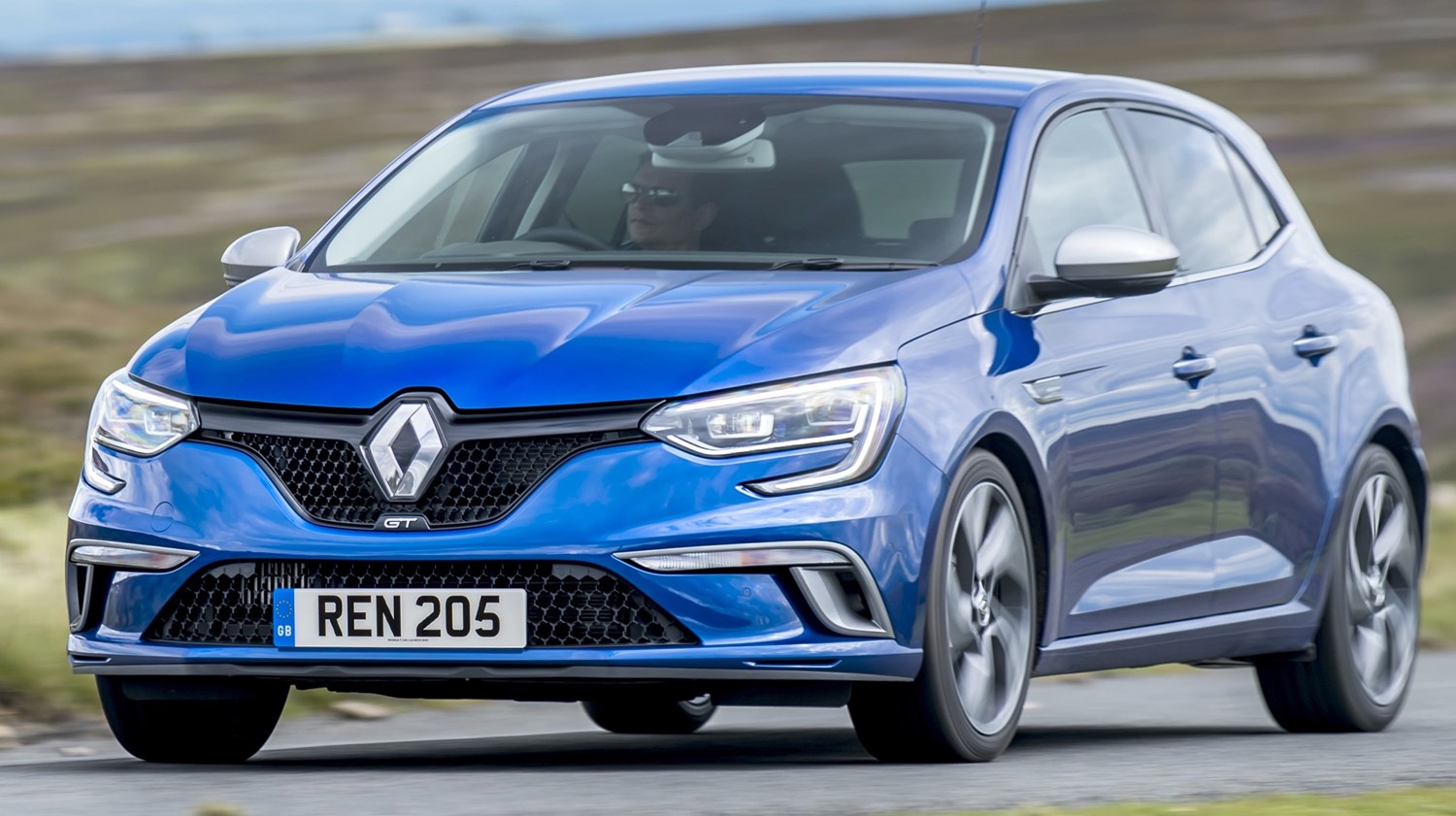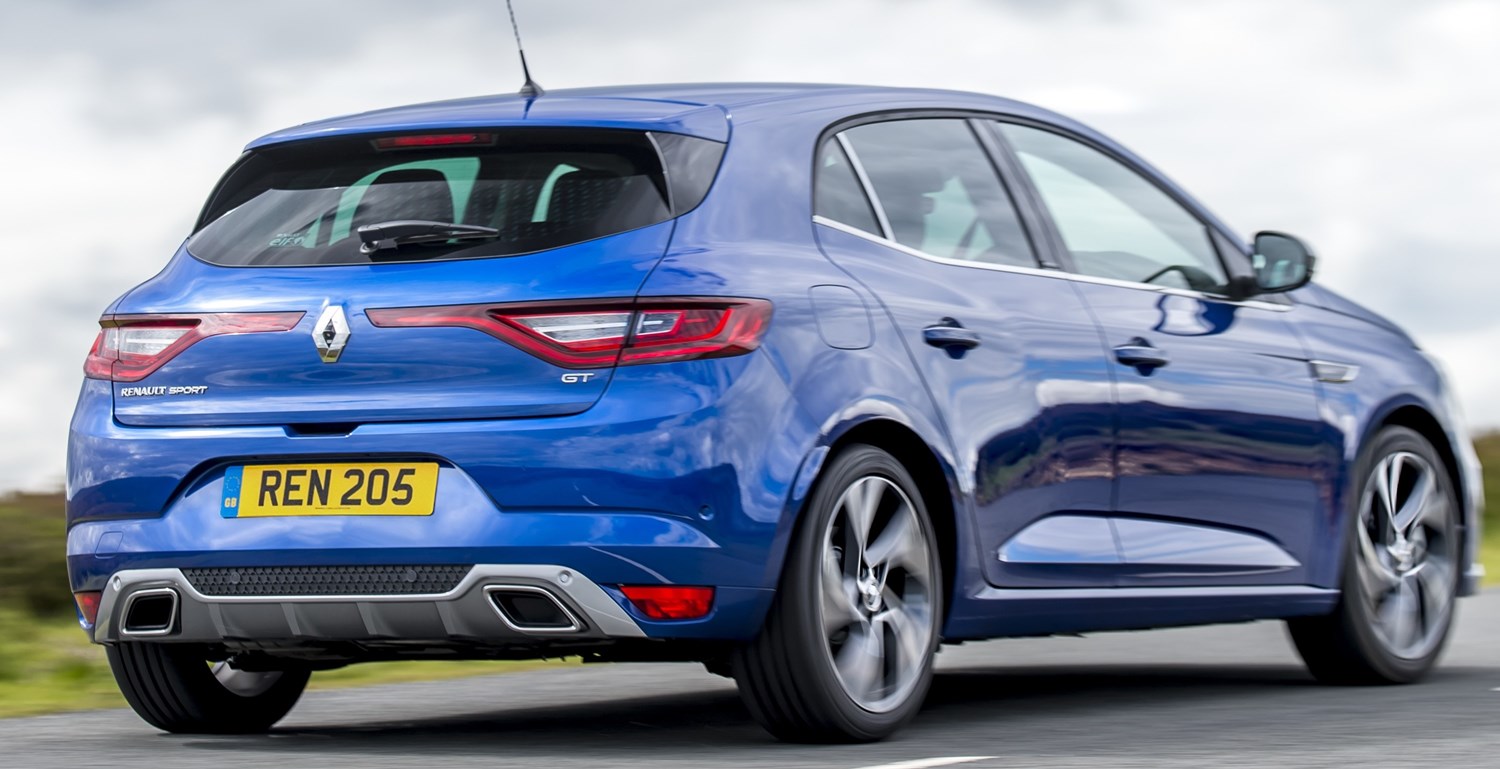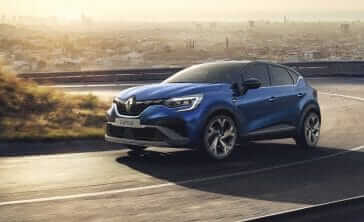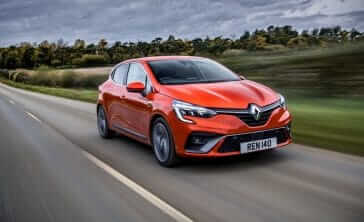Review
The Megane was introduced midway through the 1990s, replacing the Renault 19, although only in looks as it had many of the underpinnings of its predecessor. It came with a curvier look and a much safer structure, and despite having plenty of choices of trim and body shape to choose from it didn’t quite perform well enough.
For its second generation, however, the Megane became a legitimate choice in the hatchback sector after winning the European Car of the Year in 2003. Thanks to its individual looks, superb safety rating and quality equipment, the Megane II was a total success and was one of the UK’s most popular cars at the time.
Come the third generation and that winning styling was lost somewhat and the rather non-descript body didn’t help attract as well, which meant multiple body changes throughout its life. Even with improved features and efficiency, it didn’t perform as well as the French manufacturer would have hoped.
But one thing that the Megane is consistent on is safety, and with the latest model – which is a return to form on the body shell’s looks – it has a five-star rating from Euro NCAP and comes with some great safety features. With some great equipment, unique styling and a more refined end product, the latest Megane could bring back the glory days of the French hatchback.
With a RenaultSport edition, an estate model and a saloon as well, the Megane range is very adaptable and wide-ranging, so takes on its market rivals with a full fleet.
Latest Model
With the latest version of the Megane comes a stand-out style, an improved air of quality and a more refined overall experience, which are all the components needed to challenge in the crowded and incredibly competitive hatchback sector.
Coming with six trim levels, only the base Expression+ level comes without sat-nav, with all models coming with cruise control, daytime-running lights, alloy wheels and Bluetooth connectivity, meaning it’s well equipped and offers similar levels of kit to its market.
With a starting price of £17,250, the Megane’s starting price is on the higher end of the family hatchback market and with the VW Golf entering the fray at a similar point, the Megane may not be able to live up to the very high standard the German model sets. But it is much more attractive than most of the market, and with overall quality improved, it could be a viable option for many.
Value for money
The Expression+ models come with good standard features, such as cruise control, front fog lights and 16-inch alloy wheels, and with a standard black cloth interior and manual air conditioning, it’s safe to say you won’t be uncomfortable in one. Also with DAB radio and Bluetooth connectivity, entertainment won’t be a major problem either, although as mentioned before, the starting price is a bit steep considering it is £1,000 more than a similarly trimmed Ford Focus.
The used market, however, can throw up some pleasant surprises and some top-spec models from the previous generation are available for a similar price. For example, a 2014 Megane RenaultSport with a 2.0-litre 265bhp engine and racing chassis is available for £16,995. Fitted with the top features for the time, such as full infotainment system, leather Recaro sports seats, sporty design features and plenty of other features besides.
With 21,587 miles on the clock, it has had a below average usage, although – as with any Renault – make sure to check out the full service history if the sportier yet older models are more your taste.
Looks and image
What Renault has managed to do recently with their range is update the designs superbly, and they have done a stellar job with the Megane here. Distinctive, modern and altogether very pleasing to the eye.
The overall quality is great too, and despite Renault having a reputation of struggling with reliability and refinement, they have done a much better job in the latest generation. The cabin is a nice place to be, and with the higher spec models, the touchscreen display is a great centre piece that tops of the simple yet effective design.
Ride comfort has clearly been the focus of Renault’s engineers for this model, as the ride is aimed more towards refinement and overall enjoyment rather than outright performance.
With that focus on a softer ride, it doesn’t quite handle as well as some of its rivals, but for those looking for a more involved and connected drive wouldn’t necessarily choose the Megane anyway. Noise at higher speeds is minimal, and unless the bumps are particularly sharp, the overall ride and feel at all speeds is collected and poised.
Despite being larger than before, rear passenger comfort may be compromised as the front seats are deeper than normal and can encroach on legroom for taller people in the back. Front comfort is excellent though and for the driver and fellow front passenger the space is on the same level as its rivals, if not better.
Space and practicality
This edition of the Megane is bigger than before so space is definitely a plus point. With one of the largest boots in its class at 434 litres – with a 200-litre advantage over the market-leading Ford Focus – and 1,247 litres with the 60/40 split rear seats folded down. However, the boot doesn’t have an adjustable floor height, the boot lip could be seen as impractically high and the rear seats don’t fold completely flat, which can really affect the true load capacity.
What makes the Renault brand attractive for many people is its high safety ratings throughout the range, and with the latest Megane this is no exception. With a five-star Euro NCAP rating – something which has become a regular occurrence for the Megane name – the model is a great option for families looking for a safe and cheap to run car. With the top spec models coming with lane departure warning, traffic sign recognition and high beam assist, emergency braking is also available but as a £400 optional extra with upgraded cruise control.
Engines
Renault currently provides four engine options for your choosing – two petrols and two diesels – and all offer decent performance with reasonable efficiency and emissions statistics. The top level petrol is only available on the top spec GT Nav, which returns 205bhp and is paired with a seven-speed automatic gearbox, and as you would expect offers the least efficient return – although it gets from 0-60mph in roughly seven seconds.
The second petrol unit is a 130bhp turbo unit that returns 120g/km CO2 emissions and over 50mpg and this can be paired with the standard six-speed manual or the seven-speed auto.
For the long-distance and efficiency runners the diesels are still the best choice, with both the dCi 110 and ENERGY dCi 130 units capable of returning above 70mpg. The Renault/Nissan Alliance manual options give a better fuel return and emissions output, with a quoted figure under 100g/km CO2 possible for the dCi 110 models.
However, some of its rivals can produce better fuel economy in the real world, which may affect running costs.
Running costs
With the decent aforementioned fuel economy for the diesel units and low-end petrol model, overall running costs should be reasonably low in terms of filling up at the pump. Insurance groups vary, however, with the diesel units sitting in either group 14, 15 or 16 – depending on trim level – the top-end petrol sits in group 27, which can mean a significant cost. The base petrol sits alongside the diesels in group 14.Thanks to the lower levels of emissions, the maximum cost for the diesels should be £20 of road tax, while the petrol models can demand a £310 cost due to their higher CO2 output and automatic gearbox options, which return higher emissions levels than the manuals.
Thanks to the lower levels of emissions, the maximum cost for the diesels should be £20 of road tax, while the petrol models can demand a £310 cost due to their higher CO2 output and automatic gearbox options, which return higher emissions levels than the manuals.
Thanks to the lower levels of emissions, the maximum cost for the diesels should be £20 of road tax, while the petrol models can demand a £310 cost due to their higher CO2 output and automatic gearbox options, which return higher emissions levels than the manuals.
Things to look out for
The latest edition has yet to come under scrutiny and with the help of Nissan in the duo’s alliance, expect reliability to improve with the new model. However, older models have been susceptible to some worrying issues, especially the first and second generations. Issues include engine hesitation and possibility of it cutting out, hydraulic braking system being restricted and brakes failing altogether, which can obviously be a worrying issue.
Due to the brand’s reputation of poor reliability, it is strongly advised prospective buyers of used models check the car’s history before purchase.
Rivals
In a competitive hatchback market, the Megane has been fighting against the Volkswagen Golf, the Vauxhall Astra and the Ford Focus throughout its 20-year tenure in the Renault line-up.
Those three continue to dominate the mid-size scenery and with other models coming into the sector since, such as the Seat Leon, Peugeot 308 and Kia Cee’d, the B-segment is as cutthroat as ever. But thanks to the Megane’s stand out looks and improved finish, the latest generation could be the version Renault required to get true success.
Depreciation warning
Probably due to reputation, the Megane suffers badly on the used market and can depreciate severely quickly. For example, a ’16 plate mid-range Dynamique S Nav model on the used market with 12,000 miles on the clock has lost over £6,000 in less than a year of use, which is 30 per cent of its value gone already. If that trend continues, the model will cost just £6,780 – just 34 per cent of its original value.
